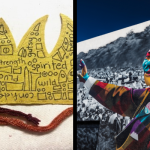
Culture & Cocktails
Our hallmark event series featuring star-studded cultural conversations at The Ben in Downtown West Palm Beach.
An A-Muse-ing Evening
An extraordinary celebration of arts and culture throughout Palm Beach County. This year’s theme was “Food is Art,” an evening where art and gastronomy converged in a feast for the senses on March 7, 2024.
Council Gallery Events
To register for events associated with the Council’s gallery exhibitions click the link below.
Summer Jazz Series
Get ready to groove to the smooth tunes of talented Palm Beach County-based musicians during our Summer Jazz Series from June through August 2024.
Upcoming Council Events
View All
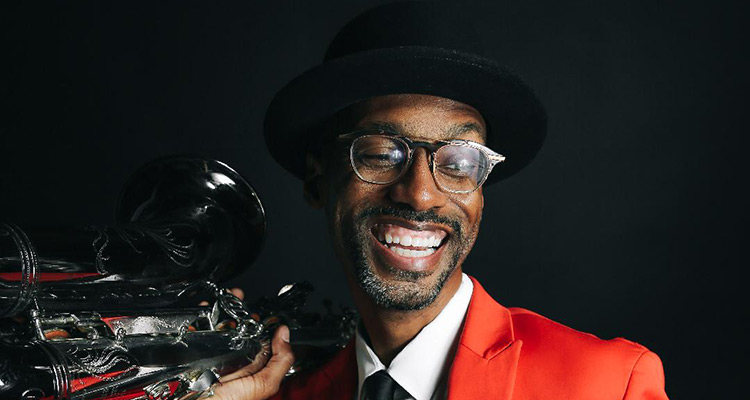
Summer Jazz Series: Summer Kickoff with Mickey Smith, Jr.
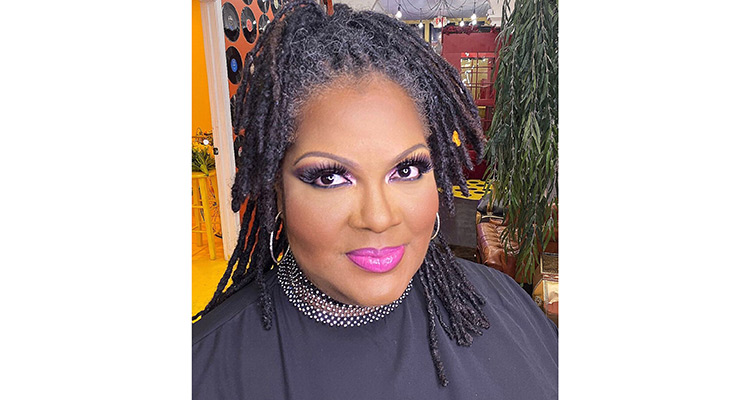
Summer Jazz Series: Edlene Hart
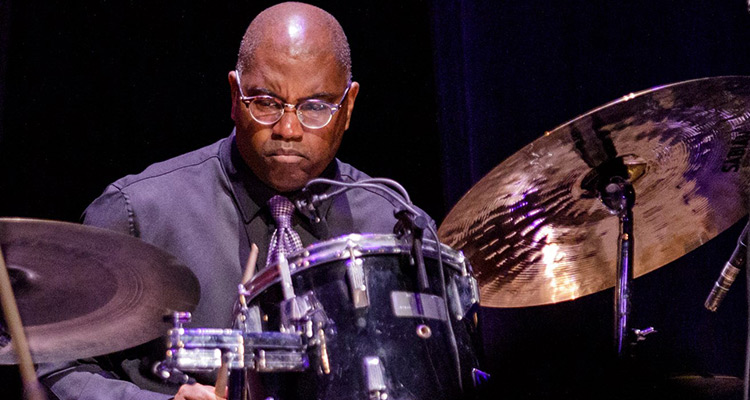
Summer Jazz Series: T's Express
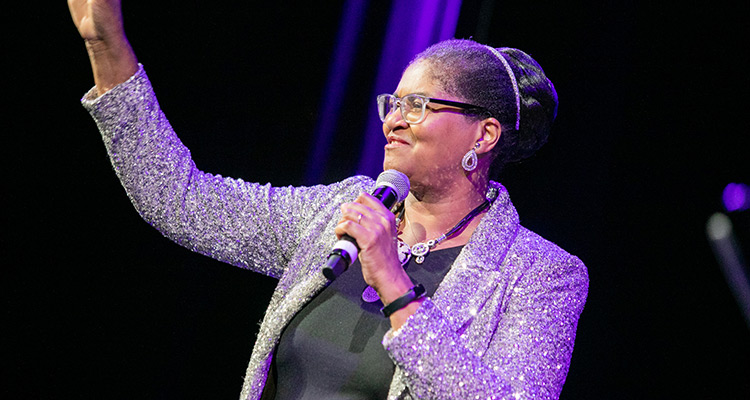
Summer Jazz Series: Yvette Norwood-Tiger Jazz Ensemble
Get Our Season Preview Guide
View the Council’s full 2023-2024 season of special events, exhibitions and educational programming in booklet form, available to save or print for future reference.
Connect with the Cultural Council
Keep in touch with the latest news and special events from the Cultural Council.